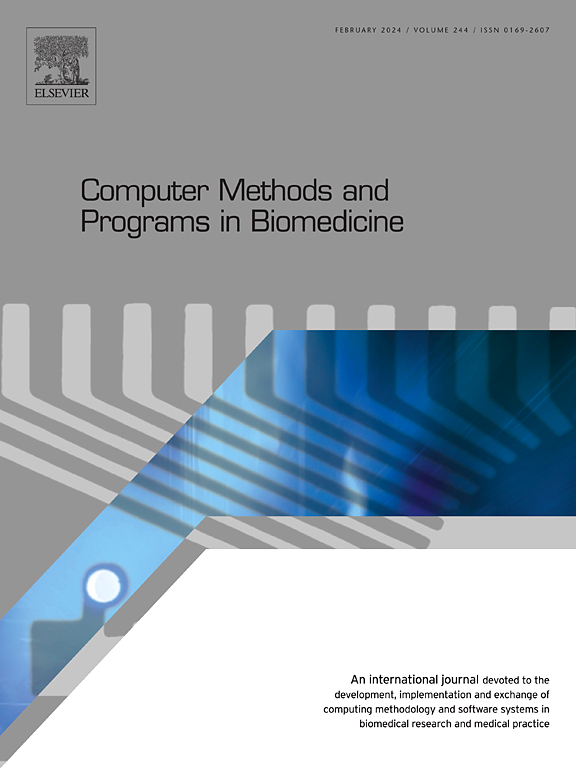用于平衡生物力学力的闭细胞分段支架回收器多目标RVEA优化
IF 4.9
2区 医学
Q1 COMPUTER SCIENCE, INTERDISCIPLINARY APPLICATIONS
引用次数: 0
摘要
急性缺血性卒中(AIS)的机械取栓面临复杂血管几何结构的重大挑战,现有支架回收器往往难以有效捕获血栓。本研究介绍了一种增强型闭细胞分段柔性(ECSF)支架回收器,旨在解决这些挑战并改善血栓捕获,特别是在复杂的血管环境中。ECSF支架由超弹性镍钛诺制成,采用RVEA算法进行多目标优化过程,以平衡关键性能指标,包括径向阻力、环向力、慢性向外力和体积,同时确保应变保持在镍钛诺的超弹性极限内。有限元分析表明,与商用支架相比,ECSF支架具有优越的机械性能。体外实验进一步验证了其在复杂血管条件下捕获和清除血栓的有效性,突出了其作为AIS治疗的潜在解决方案,即使在次优部署条件下也是如此。本文章由计算机程序翻译,如有差异,请以英文原文为准。
Multi-objective RVEA optimization of a closed-cell segmented stent retriever for balancing biomechanical forces
Mechanical thrombectomy for acute ischemic stroke (AIS) faces significant challenges in complex vascular geometries, where existing stent retrievers often struggle to capture thrombus effectively. This study introduces an enhanced closed-cell segmented flexible (ECSF) stent retriever designed to address these challenges and improve thrombus capture, particularly in intricate vascular environments. Fabricated from superelastic Nitinol, the ECSF stent underwent a multi-objective optimization process using the RVEA algorithm to balance key performance metrics, including radial resistive force, hoop force, chronic outward force, and volume, while ensuring the strain remained within Nitinol’s superelastic limit. Finite element analysis demonstrated the ECSF stent’s superior mechanical performance compared to a commercial stent. In vitro experiments further validated its effectiveness in capturing and removing thrombus in complex vessel conditions, highlighting its potential as a promising solution for AIS treatment, even under suboptimal deployment conditions.
求助全文
通过发布文献求助,成功后即可免费获取论文全文。
去求助
来源期刊

Computer methods and programs in biomedicine
工程技术-工程:生物医学
CiteScore
12.30
自引率
6.60%
发文量
601
审稿时长
135 days
期刊介绍:
To encourage the development of formal computing methods, and their application in biomedical research and medical practice, by illustration of fundamental principles in biomedical informatics research; to stimulate basic research into application software design; to report the state of research of biomedical information processing projects; to report new computer methodologies applied in biomedical areas; the eventual distribution of demonstrable software to avoid duplication of effort; to provide a forum for discussion and improvement of existing software; to optimize contact between national organizations and regional user groups by promoting an international exchange of information on formal methods, standards and software in biomedicine.
Computer Methods and Programs in Biomedicine covers computing methodology and software systems derived from computing science for implementation in all aspects of biomedical research and medical practice. It is designed to serve: biochemists; biologists; geneticists; immunologists; neuroscientists; pharmacologists; toxicologists; clinicians; epidemiologists; psychiatrists; psychologists; cardiologists; chemists; (radio)physicists; computer scientists; programmers and systems analysts; biomedical, clinical, electrical and other engineers; teachers of medical informatics and users of educational software.
 求助内容:
求助内容: 应助结果提醒方式:
应助结果提醒方式:


